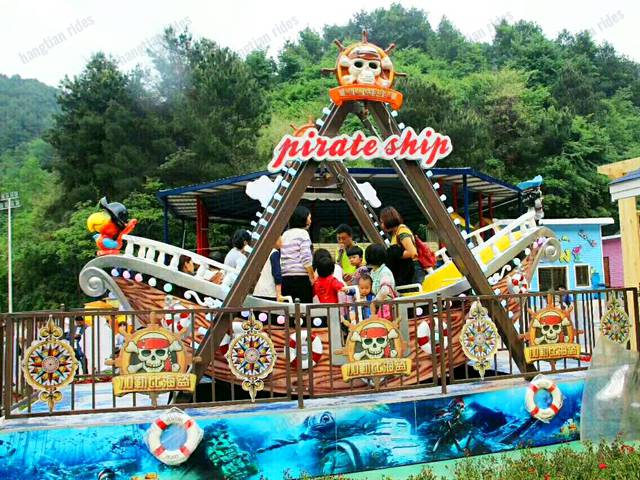Amusement Rides for Sale: Navigating Extreme Climates Like Heavy Rain and Snow
When considering investing in amusement rides for sale, operators often face the critical question: Can these attractions withstand extreme climates such as heavy rain and snow? The answer depends on careful equipment selection, maintenance protocols, and adherence to safety standards. This blog explores key considerations for operating amusement rides in harsh weather conditions, ensuring both durability and rider safety.
Key Challenges of Extreme Climates for Amusement Rides
- Mechanical stress: Heavy rain can cause rusting of metal components, while snow accumulation may strain structural parts like support frames and rotating mechanisms ].
- Electrical hazards: Water intrusion during storms increases the risk of short circuits in control systems, particularly in outdoor rides with exposed wiring ].
- Surface safety: Snow and ice create slippery surfaces on platforms and seating areas, elevating fall risks for riders and staff ].
Selecting Weather-Resilient Amusement Rides
- Material durability: Look for rides constructed with corrosion-resistant materials such as stainless steel or fiberglass-reinforced plastic (FRP). For example, outdoor carousels with FRP horse figures are less prone to water damage compared to wooden alternatives.
- Weather-sealed components: Verify that electrical panels, motors, and hydraulic systems feature IP-rated enclosures to prevent water and snow penetration. Rides like mini Ferris wheels or carousel horses should include sealed bearings and waterproof lighting.
- Snow load capacity: For regions with heavy snowfall, check structural engineering data to ensure rides can support snow accumulation on roofs, canopies, or rotating parts.
Essential Maintenance Practices for Extreme Weather
Even the most resilient rides require proactive care to thrive in harsh climates:
- Pre-season inspections: Before operating in rainy or snowy seasons, conduct thorough checks of all mechanical and electrical systems. Clean drains to prevent water pooling and apply anti-rust coatings to metal surfaces ].
- Post-storm protocols: After heavy rain or snow, inspect rides for damage, clear snow from moving parts (e.g., gears, tracks), and test brakes and safety locks to ensure functionality ].
- Climate-specific adjustments: In snowy areas, install heating elements in critical components like drive motors or control panels to prevent freezing. For coastal regions with salt-laden rain, schedule more frequent corrosion checks.
Safety Protocols for Ride Operation in Extreme Weather
- Real-time monitoring: Use weather tracking tools to suspend operations ahead of storms. For example, cease running swing rides or roller coasters when wind speeds exceed manufacturer-recommended limits (typically 30–40 mph).
- Rider communication: Clearly display weather-related warnings and evacuation routes. In snowy conditions, provide non-slip mats at ride entrances and exits ].
- Emergency preparedness: Equip staff with weather-specific rescue tools, such as de-icing equipment for frozen seats or backup generators for power outages during storms ].
Conclusion
While extreme climates like heavy rain and snow present challenges, investing in weather-resilient amusement rides for sale—paired with rigorous maintenance and safety protocols—allows operators to extend ride lifespans and ensure year-round enjoyment. By prioritizing durable materials, proactive care, and real-time monitoring, you can create a safe and profitable amusement experience even in the harshest weather conditions.
Disclaimer: Always consult manufacturers for climate-specific guidelines and local regulatory requirements when operating amusement rides in extreme environments.
